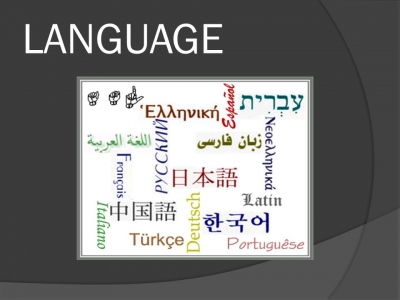
More than 850 languages are used within the 462,840 km2 that make up the country of Papua New Guinea. This makes Papua New Guinea the most linguistically diverse country on the planet. Of these 850, the country has three official languages: English, Hiri Motu and Tok Pisin.
Not only is Papua New Guinea home to around 850 Indigenous languages, but those languages also descend from a diverse group of 33 different language families. The country officially recognizes four languages—English, Tok Pisin, Hiri Motu and Papua New Guinea Sign Language. Tok Pisin serves as the lingua franca of the country, while students are typically instructed in English. Because of the predominance of the two languages, the researchers note that about a third of the Indigenous languages spoken in Papua New Guinea are endangered.
According to the researchers, their study is one of the first national linguistic surveys conducted that analyzes the status of the smaller Indigenous languages spoken in the country. Secondary school students were surveyed for the study, to assess how frequently members of younger generations use their heritage languages and how well they know them (if at all).
The researchers collected data from a little over 6,000 students across the country, covering speakers of 392 languages. Once each participant completed a survey, the researchers then devised a model to predict future trends for each language based on their historical status among older generations and their usage among younger residents. 58% of the students sampled spoke an Indigenous language fluently, compared to 91% of their parents’ generation; the researchers then developed the model, which predicted that only 26% of the next generation will speak these languages fluently, indicating a significant decline in these languages’ use that would likely lead to the loss of significant cultural information.
“The traditional multilingualism in Indigenous languages in the present oldest generation has given way to bilingualism with the English-based creole Tok Pisin in an intermediate generation and monolingualism in Tok Pisin, with perhaps English from schooling, in a third generation.”
Credit : Language Magazine
Picture Credit : Google




